
Planting bulbs in "lasagnes" – Illustrated tutorial
the tip for months of flowers
Contents
In containers or pots, flower bulbs are unmatched for providing a display on the terrace, balcony or in the garden.
If you do not have a garden or wish to save space and enjoy your pots for several months, I invite you to discover a simple and practical planting technique: layered planting, also known as lasagne planting!
What is bulb planting in "lasagnes" or in nival zones?
The cultivation of flower bulbs known as “lasagne” planting is a technique involving successive layers of different species of bulbs. The bulbs are planted hierarchically, from the tallest variety (large late bulbs such as tulips, alliums, or daffodils) to the shortest variety (small early bulbs like muscari, crocuses, chionodoxa, etc.).
What are the advantages of “lasagne” bulb planting?
This technique allows:
- space-saving (a boon for urban gardeners!),
- easy decoration changes simply by moving pots around,
- to flower areas devoid of greenery, where nothing grows,
- to achieve staggered flowering over several months (the earliest bulbs will bloom first, the latest ones last),
- to create lovely spring associations
Read also
Planting spring bulbs lateWhen to plant "lasagne" bulbs?
The ideal bulb planting period is between September and November, and even until December if your climate is not too harsh.
Discover other Spring bulbs
View all →Available in 1 sizes
Available in 1 sizes
Available in 1 sizes
Available in 1 sizes
Available in 1 sizes
Available in 1 sizes
Available in 1 sizes
Available in 0 sizes
Available in 1 sizes
Available in 1 sizes
In what container?
Take a large planter of 40cm in length or a large pot of at least 30cm in diameter and deep enough to hold 2 or 3 layers of bulbs, at least 40cm deep.
As for the material of the container, there is something for every taste and style:
- in a romantic or rustic garden, choose a terracotta pot, a large zinc basin, a jute sack, a large stone trough, a wicker basket, or an old wooden crate, or even a repurposed object.
- in a more contemporary garden, opt for something sleeker and choose concrete, plastic, Corten, resin, or clay fibre. Zinc works well too.
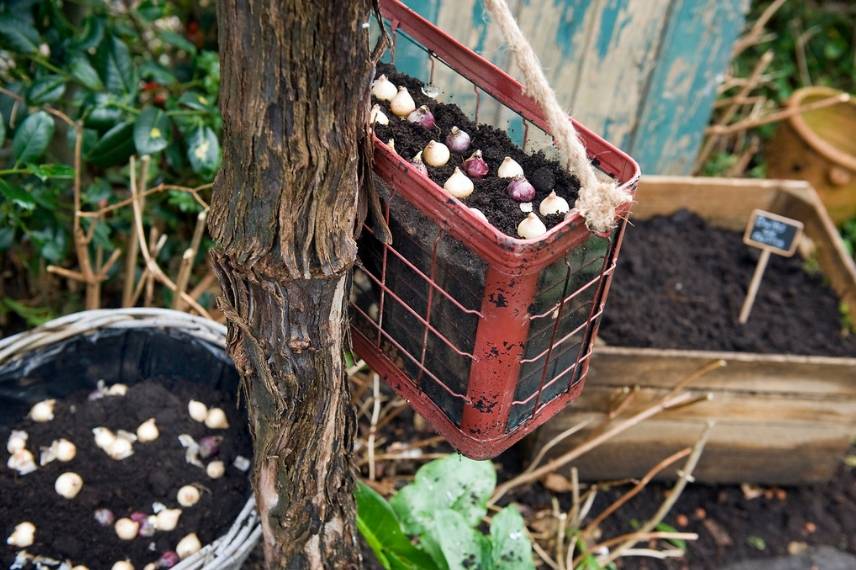
It is possible to use various containers depending on the desired atmosphere
Growing bulbs in “lasagne” style and in pots is particularly suitable for terraces and even balconies where space is limited.
Read also
Bulb sizes: how to choose?How to plant bulbs in "lasagne"? The tutorial
1. Preparing the Container
Start by preparing your planter or pot. To do this:
- Drill a few holes in the bottom of your container if it is not already pre-drilled.
- Line it with shards of pottery, gravel, clay balls, or pumice to a thickness of about 5 cm to ensure good drainage.
2. Arranging the Bulbs
Once your container is ready, you just need to form the various layers. To do this:
- Prepare a mixture of 1/3 garden soil (or potting compost if you do not have a garden), 1/3 potting compost and 1/3 river sand,
- Place a layer of this mixture above the drainage layer, to about 1/3 of the height of the pot,
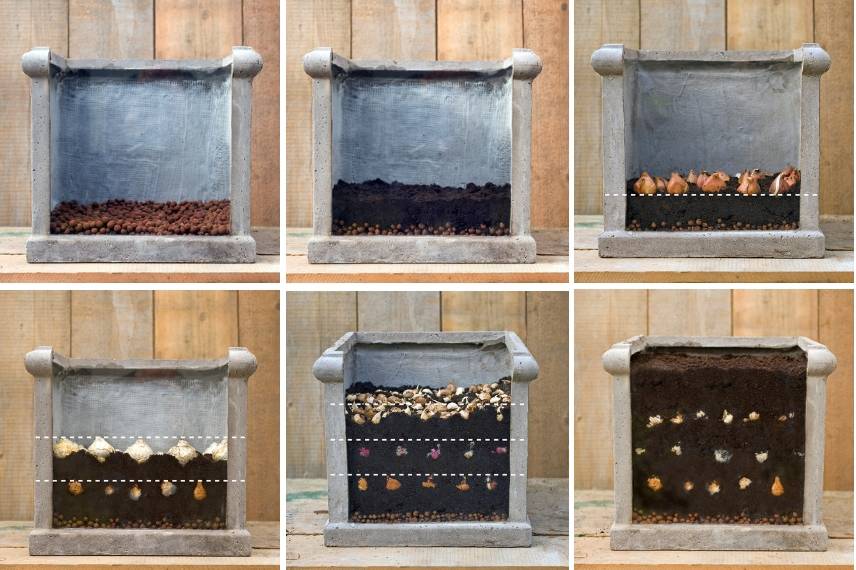
Arranging the different layers step by step
- Place the bulbs (always with the point facing upwards) in a hierarchical manner (large bulbs at the bottom and small bulbs at the top). Be sure to respect the planting depth of the bulbs, as indicated on the packets. Plant the bulbs closely, but they should not touch each other or the walls of the container. This allows them a minimum of space to develop and helps avoid potential rot issues.
- Cover each layer of bulbs with 5 to 10 cm of potting compost depending on the size of the bulbs (for example: put 10 cm of compost above a layer of bulbs measuring 5 cm),
- Firm down and water moderately,
- You can create 100% bulb “lasagnes” or add some early perennial plants or decorative foliage (heucheras, Carex), annuals or biennials like forget-me-nots for a successful combination or pansies to enhance the pot before the bulbs appear.
- Finally, place the container in a sheltered spot, against the wall of a house for example.
Discover our video on planting bulbs in pots:
Which bulbs for "lasagne" planting?
To carry out your lasagne bulb plantings, you will need:
- On the top layer small early bulbs such as muscari, crocus, snowdrops, chionodoxa, Fritillaria meleagris or anemones,
- on the middle layer: hyacinths or daffodils,
- and on the bottom layer: large late-flowering bulbs such as tulips, dwarf lilies like ‘Pink Pixie‘ or ‘Ivory Pixie‘ or alliums.
Be sure to choose bulbs with the same exposure preferences and combine bulbs based on their flowering period. You can easily find this information on our bulb packets. Finally, select varieties whose colours complement each other well. For example, if you choose two varieties of tulips, pair a pink one with a purple one.
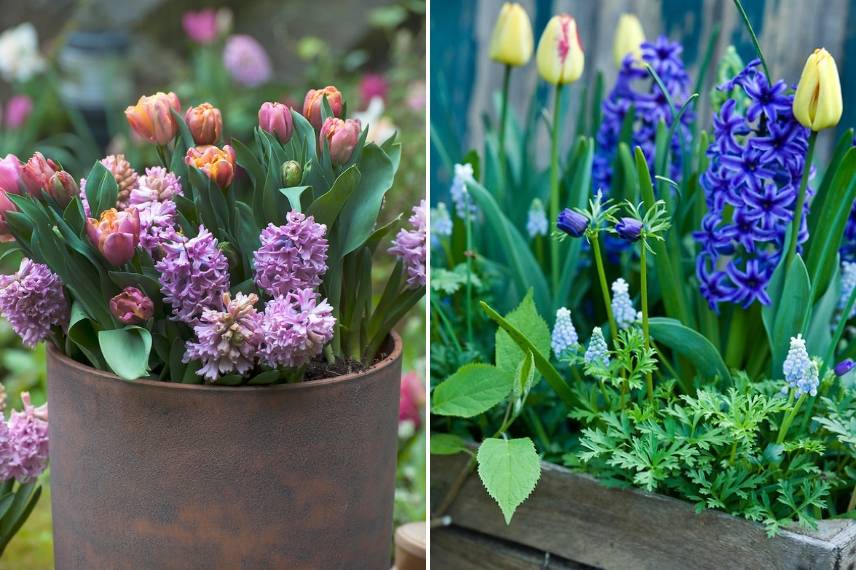
Examples of results obtained with lasagne bulb planting
To help you get started, we offer a collection of bulbs that you will only need to plant by following the previous steps: “Lasagne Bulb Collection“.
What to do with potted bulbs after flowering?
When your bulbs have finished flowering, make sure to:
- cut off the faded flowers as they wilt,
- only cut the foliage once it is dry (it should yellow and dry out to regenerate the bulb for it to flower well the following year),
When the flowering pot has completed its cycle, you can:
- replant the bulbs in the garden or reuse the bulbs to create another flowering pot for the following spring. Be careful, most tulips need to be replaced each year, which is why it is better to redo your pot bulb planting every year in autumn.
Questions / Answers
Can we plant bulbs in “lasagne” layers in the ground?
It is possible to use this technique in borders and even in a short grass meadow. To do this, dig a deep hole and follow the same steps as for pot planting.
How many bulbs in a planter?
It all depends on the size of your planter. Plant as many as possible; if you have some bulbs left over, you can always replant them in another pot.
Can this technique be used for summer-flowering bulbs?
Yes and no. You can use the “lasagne” planting technique for summer-flowering bulbs, but do not mix them with spring-flowering ones. This would complicate the planting, and the bulbs are not available at the same time of year.
- Subscribe!
- Contents
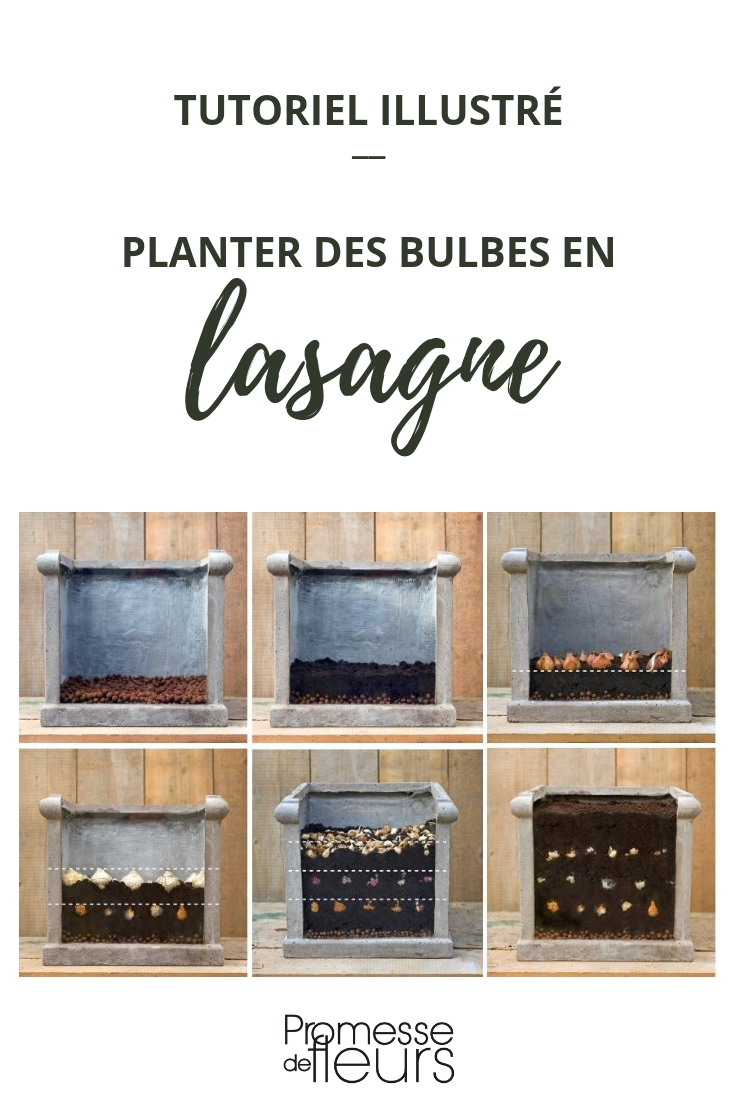































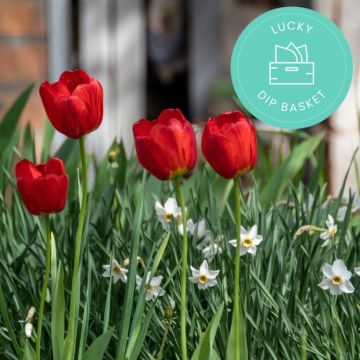
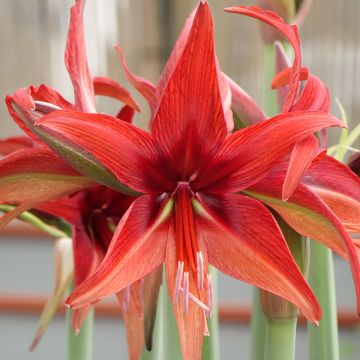
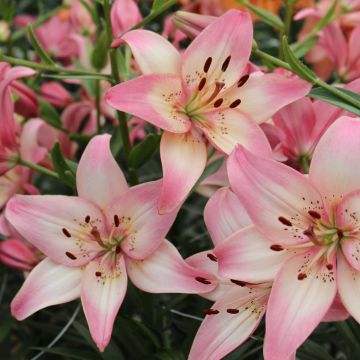

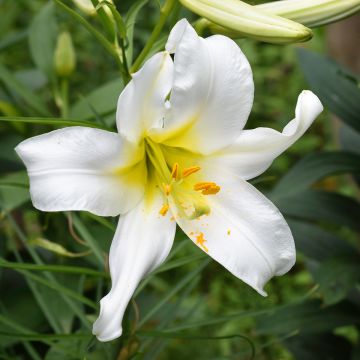

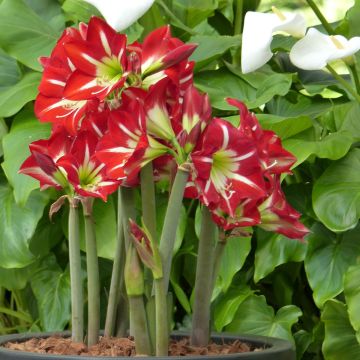
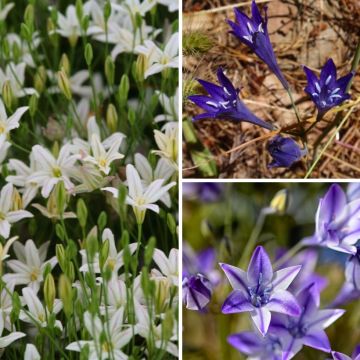
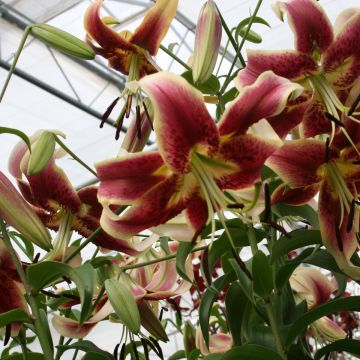
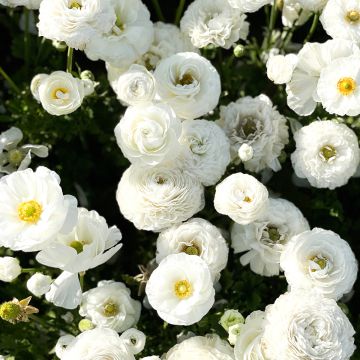
Comments